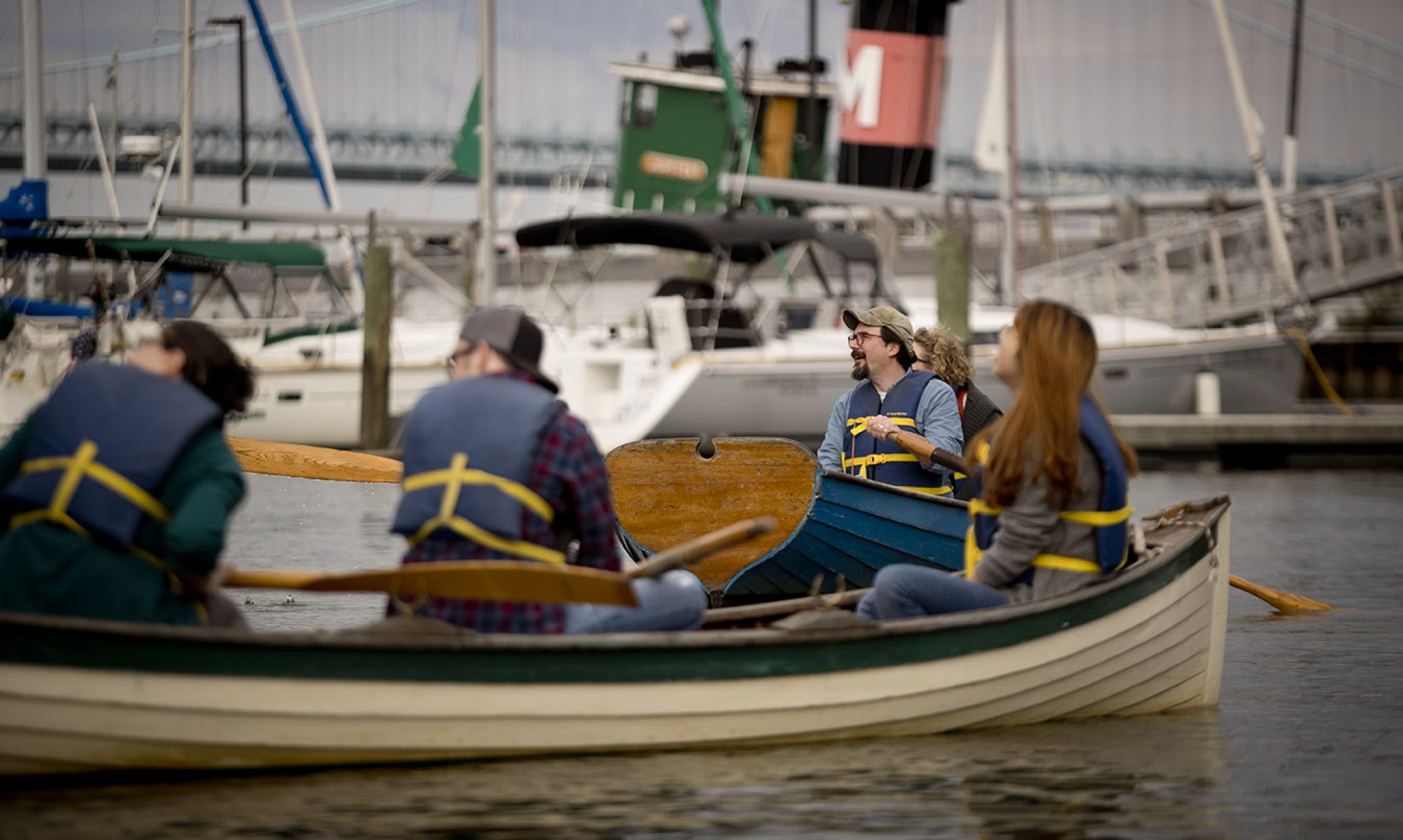[A response to Stephanie Farr’s “Boston’s Freedom Trail is annoyingly great. Could Philly do the same by 2026?“]
[Update: a revised version of my respose appears as “When History Tourism Puts Profit Before the Past,” TIME (August 1, 2024), https://time.com/6998433/freedoms-trail-boston-history-tourism/.]
In a recent op-ed, Stephanie Farr pitches a Freedom Trail for Philadelphia in time for the nation’s 2026 semiquincentennial celebration. She, like millions of Americans, was inspired by Boston’s wildly popular Freedom Trail, an actual red line drawn on the ground that since the 1950s has led tourists to the city’s most iconic historic sites. What Philly needs, Farr insists, is its own red line to knit together lively pedestrian spaces full of buskers, just like in Boston.
I too was impressed by Boston’s Freedom Trail. I was so impressed, in fact, that I wrote a book about the history of the trail and the people who made it. Here’s what I learned.
The Freedom Trail wasn’t drawn by historians, it was drawn by a backroom confab of businessmen and real estate developers. Their goal, amid Boston’s broken postwar economy, was to make the past profitable by luring well-heeled white tourists from out of town. In their mind, that meant drawing the line carefully AWAY from historic sites where tourists might encounter poverty or ethnic and racial difference. They didn’t include a stop at the site of Boston’s famed Liberty Tree, for instance, because it was just too close to Chinatown.
The Freedom Trail didn’t knit together lively public spaces, it carved them out often with forced evictions. Those pedestrian-only plazas that Farr is so fond of were once filled with the homes of Boston’s working poor. Amid postwar urban renewal, the Chamber of Commerce leveraged the trail as a justification for demolition and “slum clearance.” Yes, preservationists did insist that Boston be more gentle in its dislocations than Philadelphia had been with, say, Independence Mall. But the coziness they wanted in Boston’s Italian North End was designed to recall Longfellow, not Sacco and Vanzetti.
The Freedom Trail succeeds as public history only by making us forget that little about it is actually public. Chat with the folks who struggle to keep history nonprofits alive along the trail, or the tour guides who’ve organized against the Freedom Trail Foundation for a living wage, or the descendants of Black Bostonians who know all too well what red lines really mean in American cities. Talk to these people and you find out quickly that the kind of fun Farr had on the Freedom Trail is only available to those of us who’ve profited from the legacy of postwar renewal. In Boston, just like in Philadelphia, history for profit always obscures the past. No matter how good the buskers are.
Seth C. Bruggeman
Professor of History and Director, Center for Public History, Temple University. For more on Boston’s Freedom Trail, see Bruggeman’s Lost on the Freedom Trail: The National Park Service and Urban Renewal in Postwar Boston.
